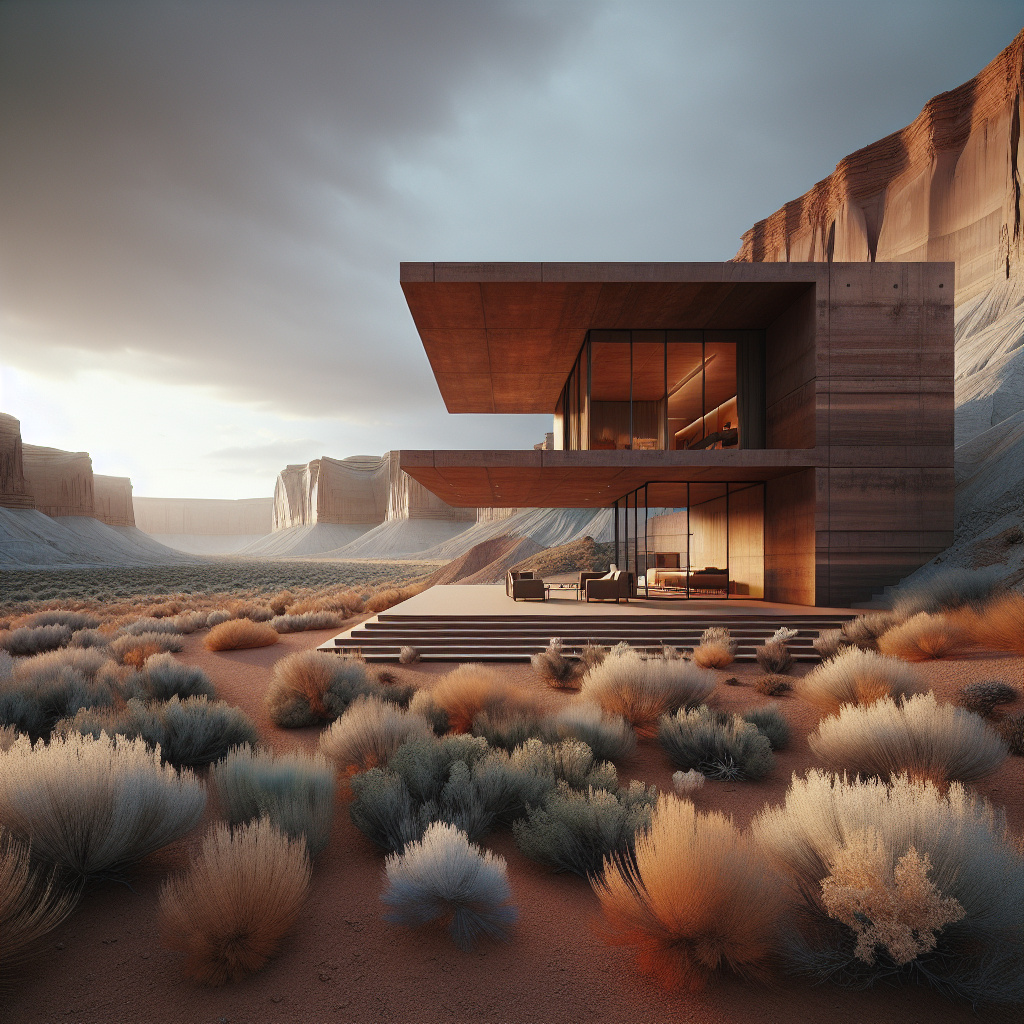Microclimates Meet Modernity: A Masterclass in Weather-Driven Architectural Design

The Intersection of Microclimates and Architecture
Weaving the essence of local weather into the canvas of architecture is an art that speaks to the modern-day design sensibility of sustainability, resilience, and culture. This is where the concept of microclimates and architecture convenes, creating a symphony of form, function, and climatic nuances.
Understanding Microclimates
A ‘microclimate’ is an intriguing term. Picture it as a pocket of local atmospheric conditions that differ from those in the surrounding areas. Their scale can range from a small urban nook to vast agricultural landscapes. Now, envision architecture intelligently designed, taking these unique weather patterns into account. It’s a blend of science and design aesthetics that breeds architectural marvels – energy efficient, comfortable, and reflective of their native surroundings.
Climatic Responsiveness and Sustainable Design
By marrying the principles of microclimates with architecture, we are acknowledging an essential component of sustainable design: climatic responsiveness. Our built environment should not stand apart from our natural surroundings. Rather, it should be an extension of it, embracing local weather and energy resources.
The Influence of Microclimates on Architectural Innovation
This unique perspective allows us to unlock the myriad possibilities inherent in architectural design. From the earth-sheltered homes in the Netherlands that leverage soil insulation to the wind-catching towers (Windcatchers or ‘Badgirs’) in Iran harnessing the natural breezeway, it’s evident that microclimatic considerations offer a new, yet timeless, dimension to architectural innovation.
Norman Foster’s Masdar Institute: A Modernized Tradition
The hot arid microclimate of the UAE and the rich architectural heritage of windcatchers were sources of inspiration for the celebrated architect Norman Foster. His design for the Masdar Institute campus employed this age-old technology, modernizing it for contemporary use. The result? A remarkable reduction in energy consumption and a built environment that exists in harmony with its climatic context.
Berber Architecture in Morocco: Merging Tradition and Climate
Equally noteworthy is the traditional architecture of the Berber people in Morocco. Their stone and mud constructions merge organically with the mountainous landscape, creating a comfortable indoor microclimate. This sustainable approach is a vivid testament to the integration of local weather patterns into architecture.
Beyond Boundaries: Contemporary Architecture and Microclimatic Awareness
In the realm of contemporary architecture, firms like Bjarke Ingels Group (BIG) are pushing the envelope further. Their projects, such as the Copenhill waste-to-energy plant in Copenhagen, demonstrate a heightened awareness of microclimatic conditions. The plant’s roof, engineered as a ski slope, exemplifies a playful and innovative synergy of architecture and weather-driven design.
Microclimates in Urban Planning
The intriguing dance between microclimates and architecture also influences urban planning. Consider the ‘Bosco Verticale’ in Milan. This pair of residential towers dotted with over 900 trees creates a unique microclimate, improving air quality, absorbing CO2 and dust particles, and moderating temperatures.
A Revolution in Architectural Design
The trend is clear: the future of architecture is intertwined with an in-depth understanding of microclimates. Architects, urban planners, and designers are increasingly leveraging these principles, fostering an era where design resilience and climatic considerations reign supreme. We are at the cusp of a revolution that embraces local weather patterns as the silent partner in architectural design, a change that stands to redefine our relationship with the built environment.
Microclimates and architecture offer a dialogue of integration, sustainability, and resilience. It’s a conversation that speaks volumes about our changing perception of architecture, not as a separate entity, but as a vibrant thread woven into the rich tapestry of our local environment.





